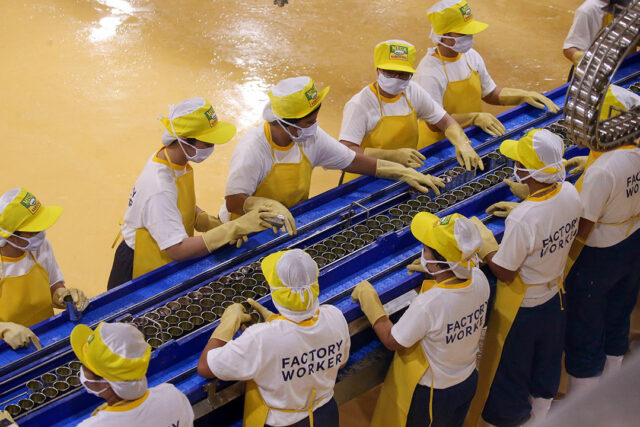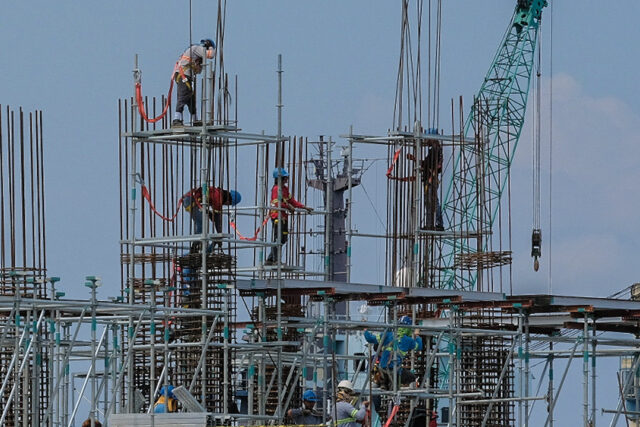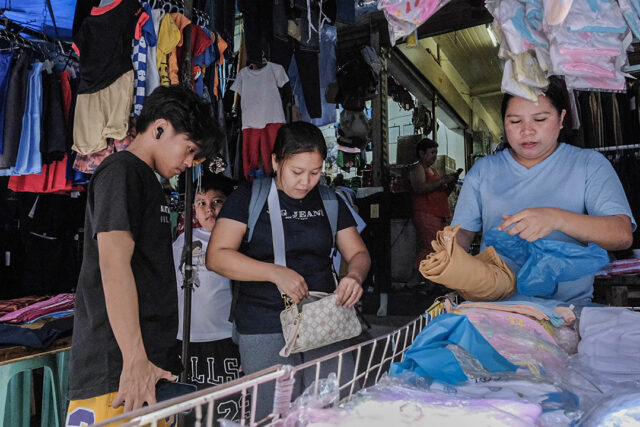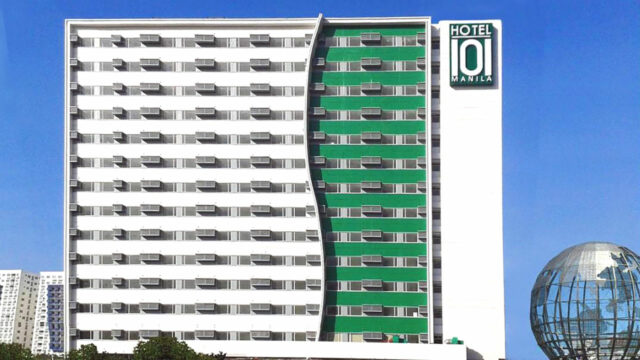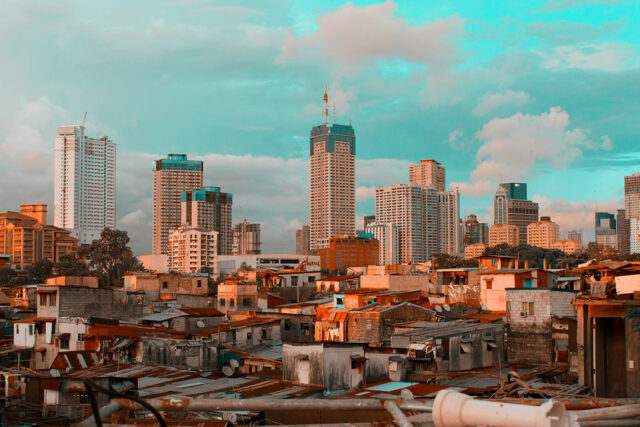By Aubrey Rose A. Inosante and Revin Mikhael D. Ochave, Reporter
FAST-FOOD giant Jollibee Foods Corp. (JFC) is actively pursuing acquisitions, a strategy that, according to some analysts, carries inherent risks, including potential challenges in maintaining operational focus.
“While acquisitions can drive growth, there are risks in spreading itself too thin,” First Grade Finance, Inc. Managing Director Astro C. del Castillo said in a Viber message.
Success “hinges on effectively integrating new acquisitions while maximizing operational synergies across their portfolio,” he added.

He said that JFC’s string of acquisitions demonstrates its aspirations for expansion, “but prudent management and execution will be crucial to sustain momentum.”
JFC’s history of strategic acquisitions includes notable brands like Greenwich Pizza Corp. (1994), Chowking (2000), Red Ribbon Bakeshop (2005), and Mang Inasal (2010). The company also acquired Burger King, Smashburger, The Coffee Bean & Tea Leaf (CBTL), and ventured with Panda Express and Yoshinoya in the Philippines. JFC also expanded with brands such as Yonghe King, Hong Zhuang Yuan, SuperFoods, Tim Ho Wan, and South Korea’s Caffe Ti-Amo.
“Since acquisition, Jollibee has significantly expanded outlets, particularly for Chowking and Mang Inasal, though to a lesser extent for Greenwich and Red Ribbon,” said Ben Paul B. Gutierrez, a professor at the University of the Philippines. Jollibee streamlined Smashburger, reducing outlets in the initial post-acquisition years, he noted.
In 2023, JFC faced challenges, reporting losses from the closure of its Vietnamese noodle house chain, Pho24.
“Jollibee manages numerous brands unlike its Western counterparts such as McDonald’s, necessitating a focused strategy,” Mr. Gutierrez said. “This isn’t the first time Jollibee divests smaller brands to concentrate on larger ones.”
In 2010, JFC discontinued its Manong Pepe business to prioritize larger quick-service restaurants like Mang Inasal, Mr. Gutierrez added, noting, “Managing more brands disperses management attention.”
On July 2, JFC announced acquiring a majority stake in South Korean value coffee brand Compose Coffee for $340 million, boosting its coffee and tea business. Earlier in March, JFC bought a 10% stake in US-based beverage tech firm Botrista, Inc. for $28 million.
Juan Paolo E. Colet, managing director at China Bank Capital Corp., said that Compose Coffee aligns with JFC’s ambition to lead in the coffee and tea segment globally, providing a substantial footprint in promising foreign markets.
Similarly, Mr. Del Castillo highlighted Compose Coffee as an “excellent fit,” offering immediate access to a lucrative market and a proven business model, leveraging JFC’s experience in integrating coffee chains, as seen with CBTL.
He said that success hinges on effectively integrating Compose Coffee, managing debt levels, and maintaining focus on core brands while leveraging beverage sector experience.
Jeff Radley C. See, head trader at Mercantile Securities Corp., noted that current brands are plateauing, prompting JFC’s focus on international expansion and franchising to stimulate growth.
JFC’s robust financial health and cash flow position it for further acquisitions, supported by managing a global portfolio of 18 brands, according to Mr. Colet.
“This portfolio strategy benefits JFC with diverse revenue streams catering to a wide consumer base across countries,” he noted.
Mc Reynald S. Banderlipe II, a faculty at De La Salle University School of Economics, highlighted JFC’s ability to trial acquired brands in the Philippine market, stressing the importance of market connection for consumer satisfaction and loyalty.
“Good thing enough that Jollibee has enough resources to do trial and error on some of the brands they previously acquired to know if it’s going to be a hit in the Philippine market.”
SUSTAINING GROWTH
JFC remains poised for sustained growth following recent acquisitions, said Jose Antonio B. Cipres, research analyst at AP Securities, Inc.
“Most acquired brands have demonstrated sustained growth since acquisition, which should continue,” he said.
However, challenges persist, with brands like Smashburger facing profitability issues.
Mikhail Philippe Q. Plopenio, research and engagement officer at Philstocks Financial, Inc., highlighted mixed results from JFC’s recent quarterly report, noting operational challenges affecting certain units.
“Despite challenges, most acquired brands have benefited under JFC’s ownership, enhancing market positions through innovation,” he noted.
Investor caution persists regarding JFC’s acquisition strategy, said Mr. Plopenio, referencing an 8% stock price drop post-CBTL acquisition in July 2019.
In the first quarter, JFC reported a 26.9% increase in attributable net income to P2.62 billion, with systemwide sales up 10.4% to P86.83 billion and revenue climbing 11.3% to P61.3 billion.
As of March, JFC expanded its global store network by 5.3% to 6,886 stores, with 3,337 in the Philippines and 3,549 internationally. Key brands by outlet count include Jollibee (1,676), CBTL (1,165), Highlands Coffee (782), and Chowking (616).


